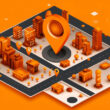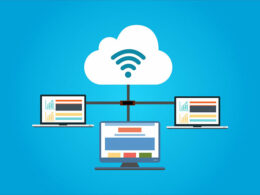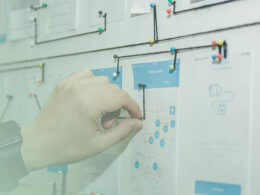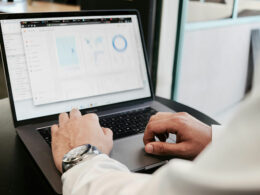How to build a secure remote control IoT device ecosystem?
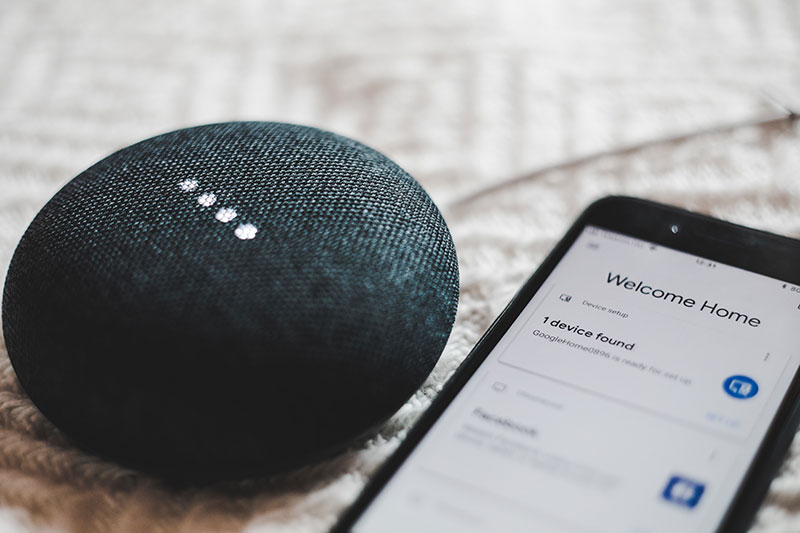
The IoT revolution has ushered in a new era of remote work possibilities across various industries, prompting forward-thinking businesses to explore innovative ways to harness their full potential. One of the most transformative aspects of this technology lies in its capability to securely and efficiently oversee devices on a global scale, granting secure remote control IoT devices from virtually anywhere on the planet. The utilization of IoT for remote device management not only leads to cost reductions but also enhances insights into your valuable assets.
Irrespective of the type of device under your supervision or its geographical deployment, IoT remote management opens up a wealth of opportunities to enhance your value proposition and monetize your services. Explore how our IoT development services can help you achieve this in our comprehensive guide. Effortlessly dispatch configuration updates and bug fixes to your devices via cloud-based platforms, while benefitting from cloud-driven reporting for proactive vital monitoring. This empowers you to assume command and optimize your operations from any corner of the globe, thereby endowing you with the capacity to:
- Oversee all products and establish an interconnected system that provides remote control over your entire fleet of devices, regardless of their geographic locations.
- Fix bugs remotely and dodge the cumbersome task of recalling field-deployed devices by seamlessly implementing OTA firmware updates.
- Provide predictive maintenance and elevate the uptime of your connected devices by vigilantly monitoring crucial sensor data and receiving timely alerts concerning potential malfunctions and failures.
What advantages does business gain?
Enhancing Operational Efficiency
A key advantage of deploying remote access IoT devices via the internet is the significant boost in operational efficiency. According to industry experts, a robust IoT management solution eliminates the need for physical intervention in device maintenance and software upgrades. This translates to the ability to execute IoT implementations remotely, saving valuable time and resources.
Better Client Service
It empowers businesses to swiftly identify and address device-related problems, reducing client disruptions and enhancing overall satisfaction. With the ability to diagnose and resolve issues remotely, companies can provide quicker and more efficient support, ensuring that clients experience minimal downtime and receive the immediate assistance they need, ultimately strengthening client relationships and loyalty.
Field Testing of Equipment
Certain devices, such as those used in power generation plants, demand frequent testing and firmware updates for optimal functionality. Leveraging IoT device remote access systems can yield substantial cost and time savings in managing these devices efficiently.
What industries are benefiting from IoT device remote control?
The Transportation & Logistics Sector
In the realm of transportation and logistics, truck drivers wield handheld devices such as tablets and RFID readers to streamline route management and logistics organization. Simultaneously, businesses rely on vehicle-mounted computers (known as ELDs) to monitor drivers and safeguard the valuable cargo they transport.
The amalgamation of insights from these diverse devices fuels the flow of real-time information, triggering backend processes for supply chain orders and inventory management. Moreover, many organizations employ remote control IoT device systems to effectively oversee inventory, track supply levels, prevent overloading or underloading, remotely monitor product conditions, and maintain precise location awareness of all goods at all times.
The Manufacturing Landscape
In post-sale scenarios, organizations can monitor the performance of products in the field. Whether it’s B2C or B2B, IoT functionality is seamlessly integrated into these devices. The spectrum of popular IoT products in recent years spans from intelligent fire alarms, refrigerators, and security cameras to smartwatches, door locks, medical sensors, fitness trackers, and even smart bicycles.
Furthermore, IoT-enabled devices have firmly established their presence on today’s manufacturing shop floors, where they promptly alert operators to deviations in operational performance whenever machine sensors detect changes.
The Agriculture Sector
As of current data projections, over 12 million agricultural IoT sensors will be deployed globally by the end of 2023, bringing forth increased profitability for farmers. IoT devices prove invaluable in monitoring critical agricultural parameters like soil temperature, moisture levels, and more, contributing to optimized crop management.
The Retail Arena
Within the retail sphere, in-store teams rely on handheld devices to access pricing, product availability, and additional product information, ensuring seamless and responsive customer service. Point of Sale (POS) systems integrate with backend operations to automate product orders and facilitate inventory management.
Numerous retail outlets and restaurants have embraced Android devices as their POS systems, converting any location into a versatile point of sale. Additionally, the retail landscape witnesses a growing utilization of digital displays for in-store marketing. Furthermore, establishments such as hotels and theme parks leverage kiosks to provide swift and convenient customer assistance, offering digital information on venues, directions, ticket availability, and more.
What do you need to build a secure remote control IoT device ecosystem?
Previously, users of IoT devices were constrained by their proximity to the devices during maintenance and configuration due to the limitations of IoT gateways. However, the landscape has evolved significantly. Enterprises are now strategically deploying multiple IoT gateways in remote and challenging-to-reach locations to maintain seamless connectivity. Continuous monitoring of these gateways ensures their proper operation, unlocking the full potential of IoT devices.
IoT suppliers are actively working to meet the surging demand for IoT remote management capabilities and expand their market presence. Additionally, implementing a secure IoT management solution has become paramount. Inadequate security measures can compromise the capabilities of IoT systems, rendering them vulnerable to cyberattacks. Such attacks, if successful, could have catastrophic consequences, particularly when it comes to critical infrastructure like power and water supply. Cloud platforms have emerged as a viable solution for securing IoT remote access.
Leading cloud service providers like Google Cloud, Microsoft Azure, and AWS offer robust and secure cloud infrastructure tailored for IoT device remote access systems. Alongside them, other cloud platforms are emerging, including Blynk, Particle, and 2Smart. These platforms simplify remote IoT management, ensuring efficiency and safeguarding against potential security threats.
Main steps for device remote management
Device Provisioning
During this initial phase, IoT devices are prepared for deployment by receiving unique identifiers, such as serial numbers, and being equipped with essential settings like default usernames and passwords. These settings enable secure communication with cloud platforms and other remote device management tools.
Identity Authentication
Authentication is a pivotal step in the functionality of IoT systems, ensuring that only authorized devices can access the network, and safeguarding sensitive information. Robust security settings are established to validate or reject access attempts. Each device possesses a unique certificate or key that validates its identity, with credentials such as model and serial numbers commonly used for verification.
Configuration Enhancement
Following the initial setup, additional configuration can be performed to augment the device’s capabilities. This may involve introducing more complexity, enhancing functionality through additional code, or adjusting settings to meet evolving requirements.
Remote Control
With the device now configured, a secure remote control IoT device becomes feasible, allowing for operations like remote power management or adjustment of settings from a distant location.
Continuous Monitoring
Ensuring the device’s proper functioning and early detection of potential issues is paramount. This involves the collection of data from the device, its analysis, and the dispatch of alerts to relevant personnel when anomalies or errors are identified.
Remote Diagnostics
In the event of an issue, remote diagnostics can be conducted to pinpoint the root cause without requiring physical visits to device installation points. This might entail remote access to the device’s logs or the execution of diagnostic tests.
Software Maintenance & Updates
The maintenance and updating of software components are vital to keep the device operating securely and efficiently. This encompasses remote firmware updates, the application of security patches, and other software maintenance tasks. Updates can be executed manually or automatically, based on the device and the organization’s policies.
- Angular’s Applications: What is Angular Used For? - May 9, 2024
- Drive and Earn: Essential Apps Like Doordash - May 8, 2024
- The Benefits of Integrating Geofencing with CRM Systems - May 8, 2024



